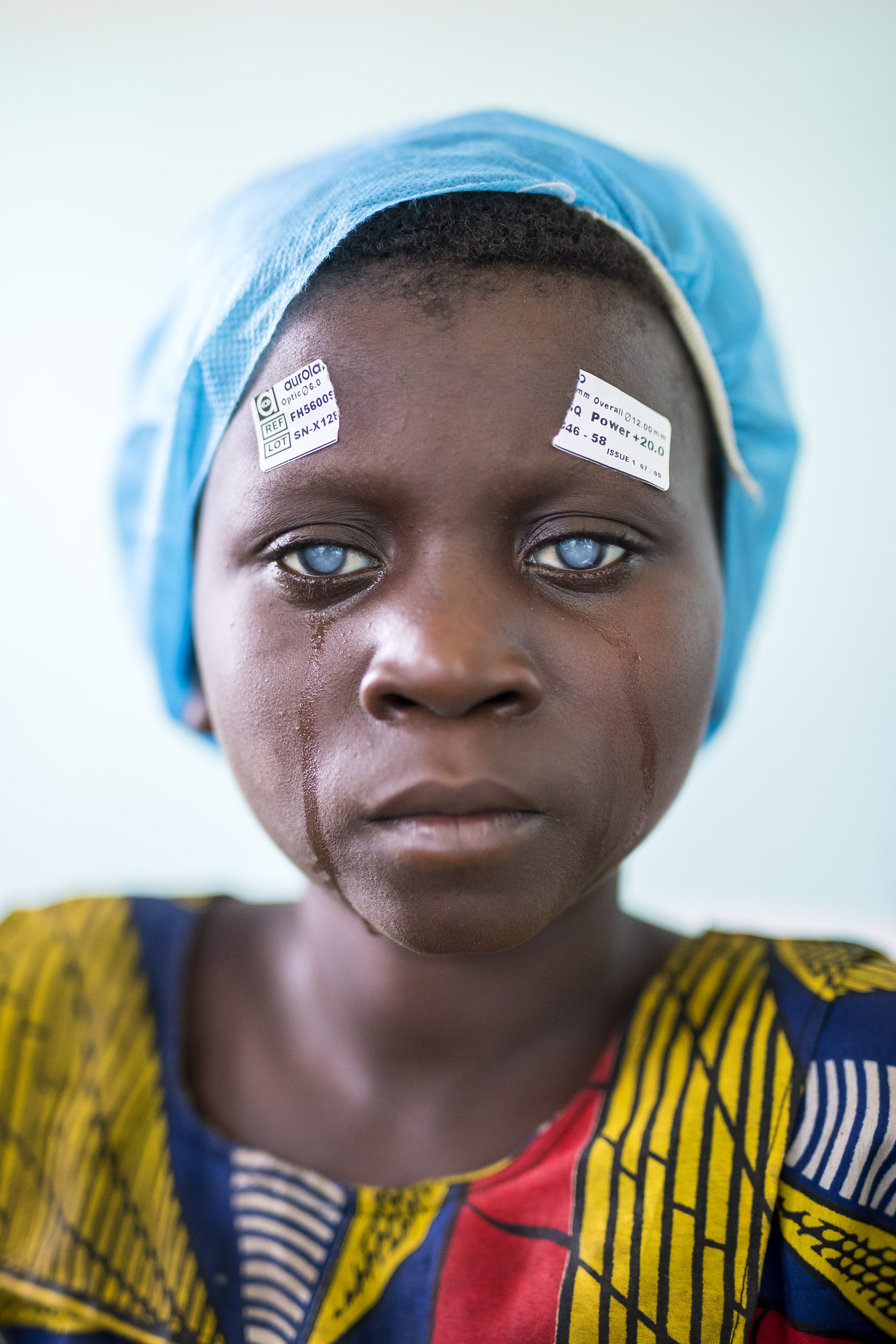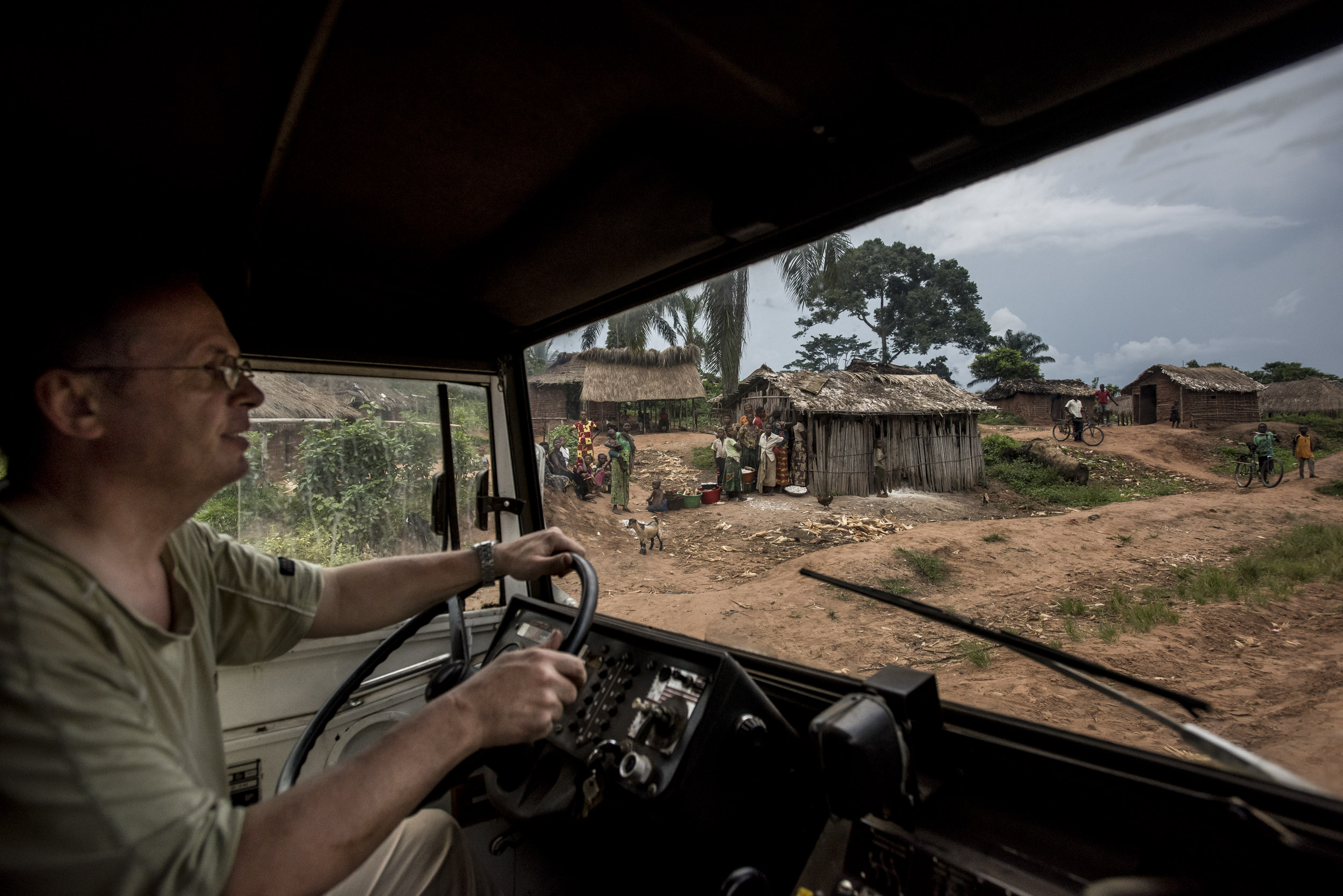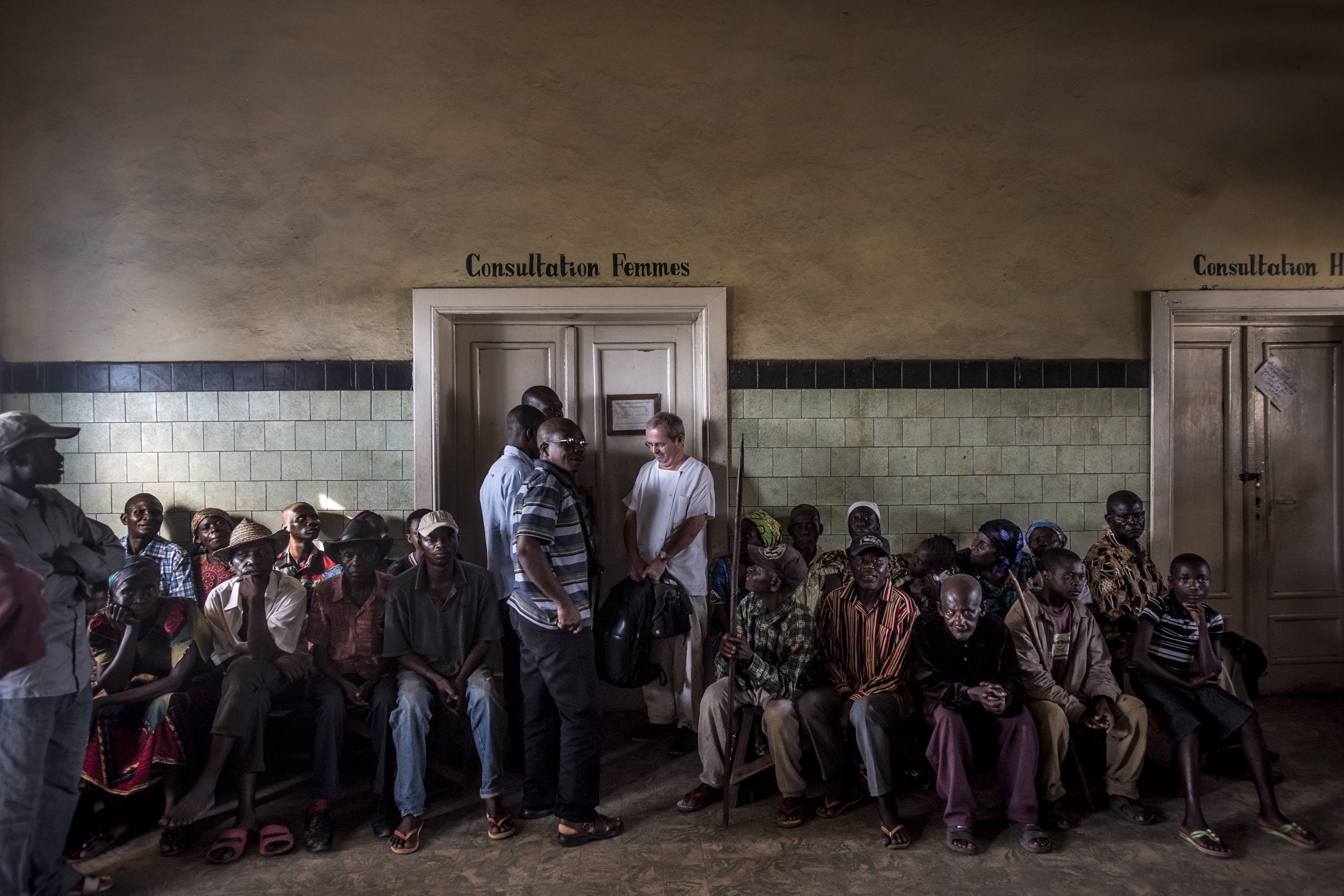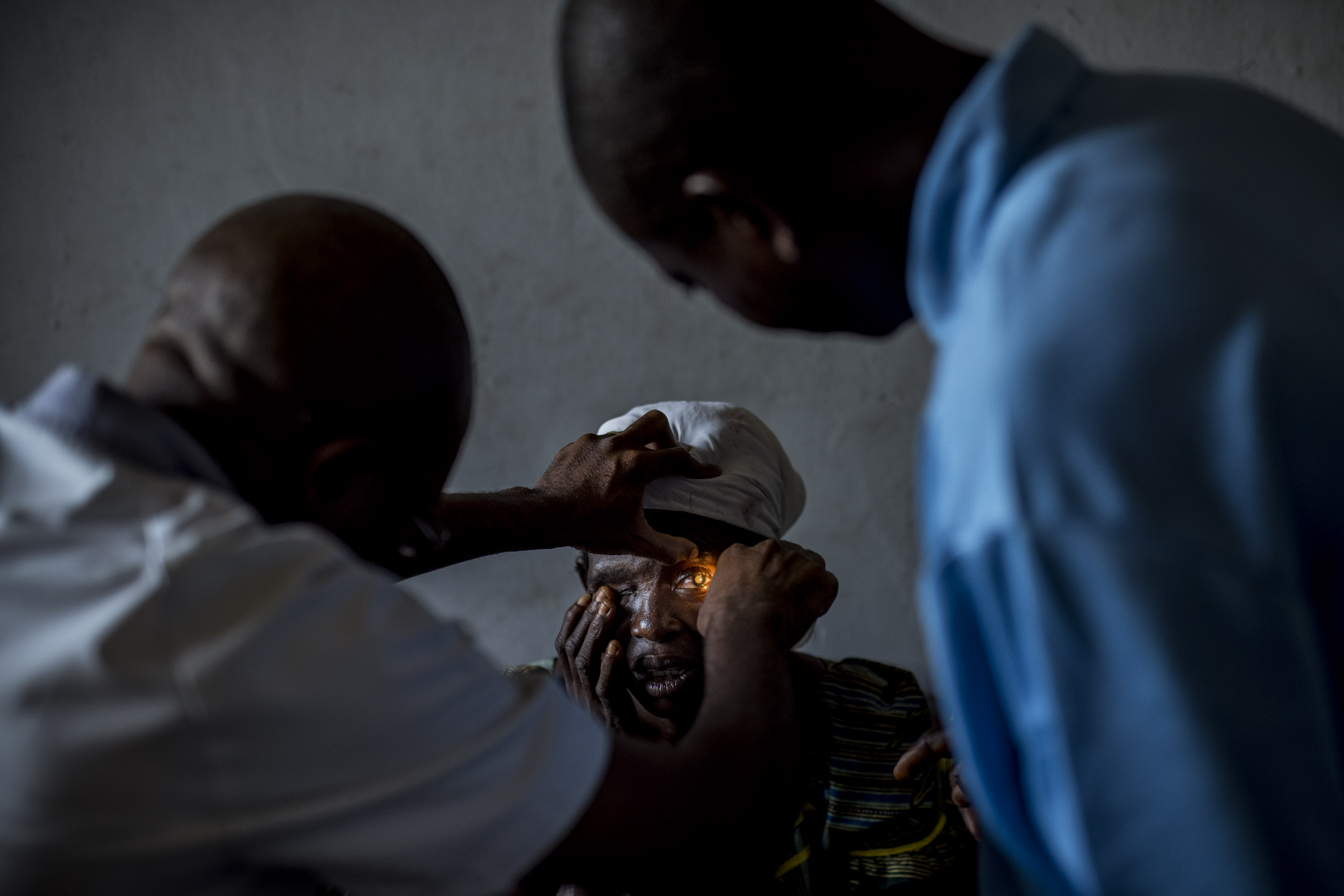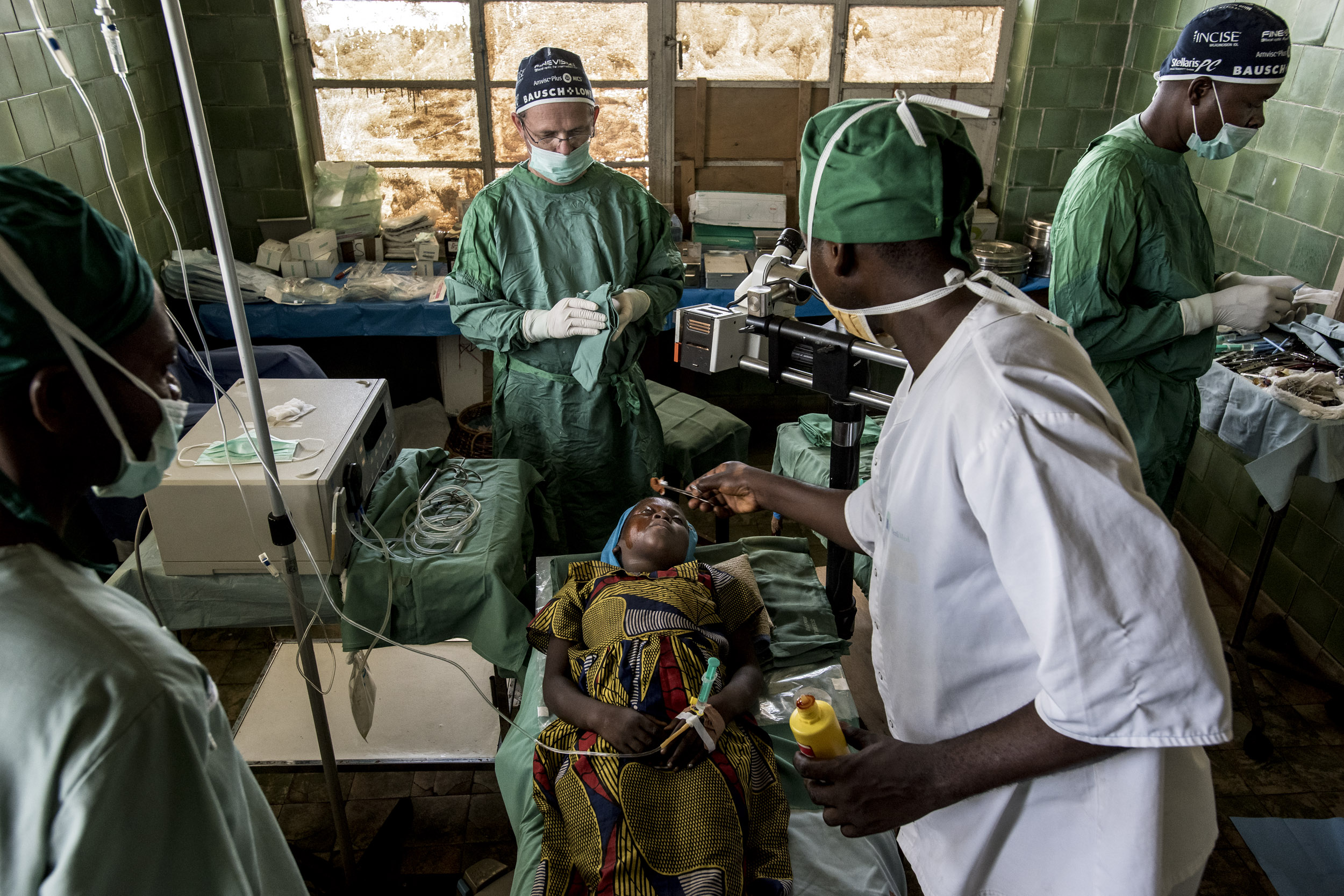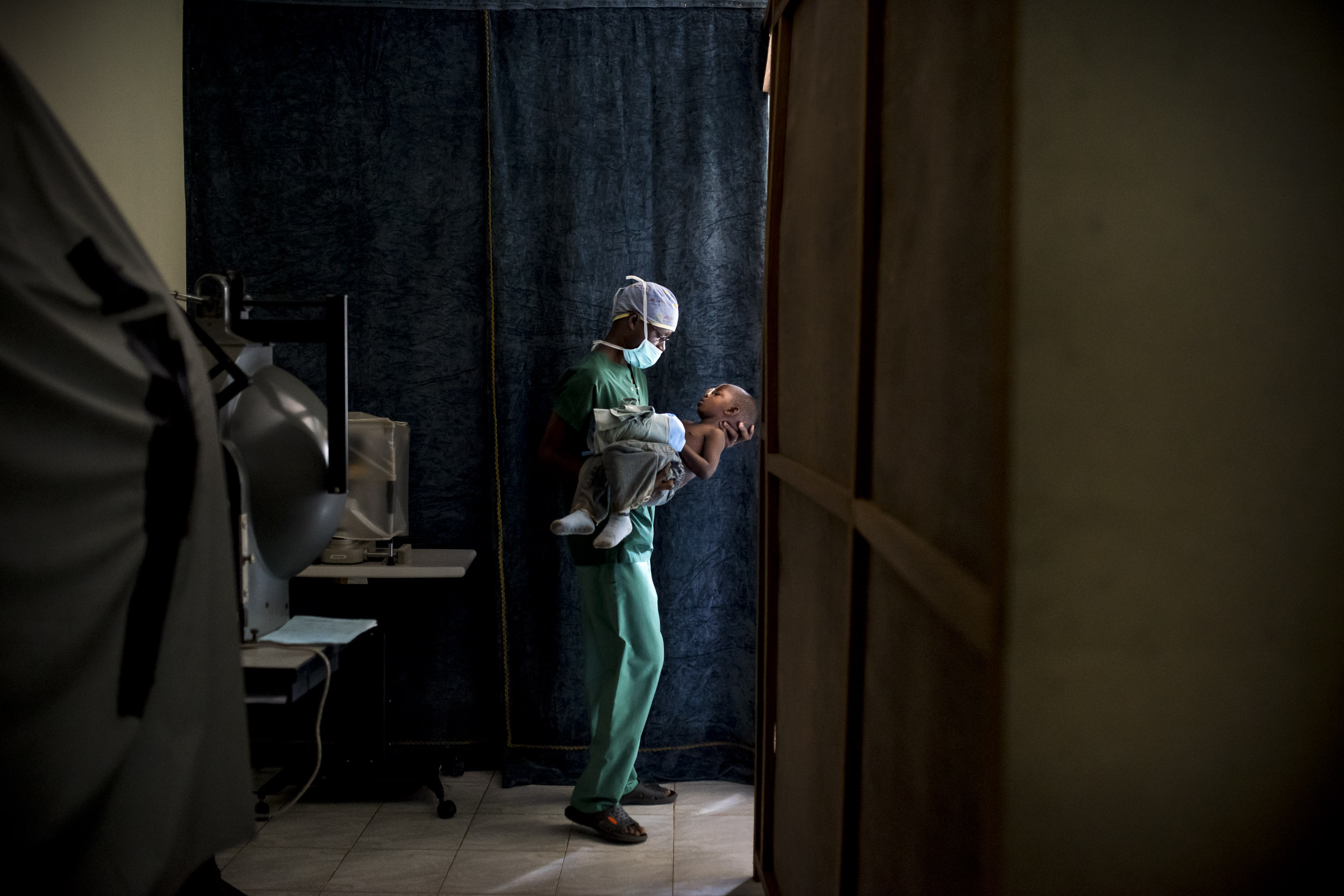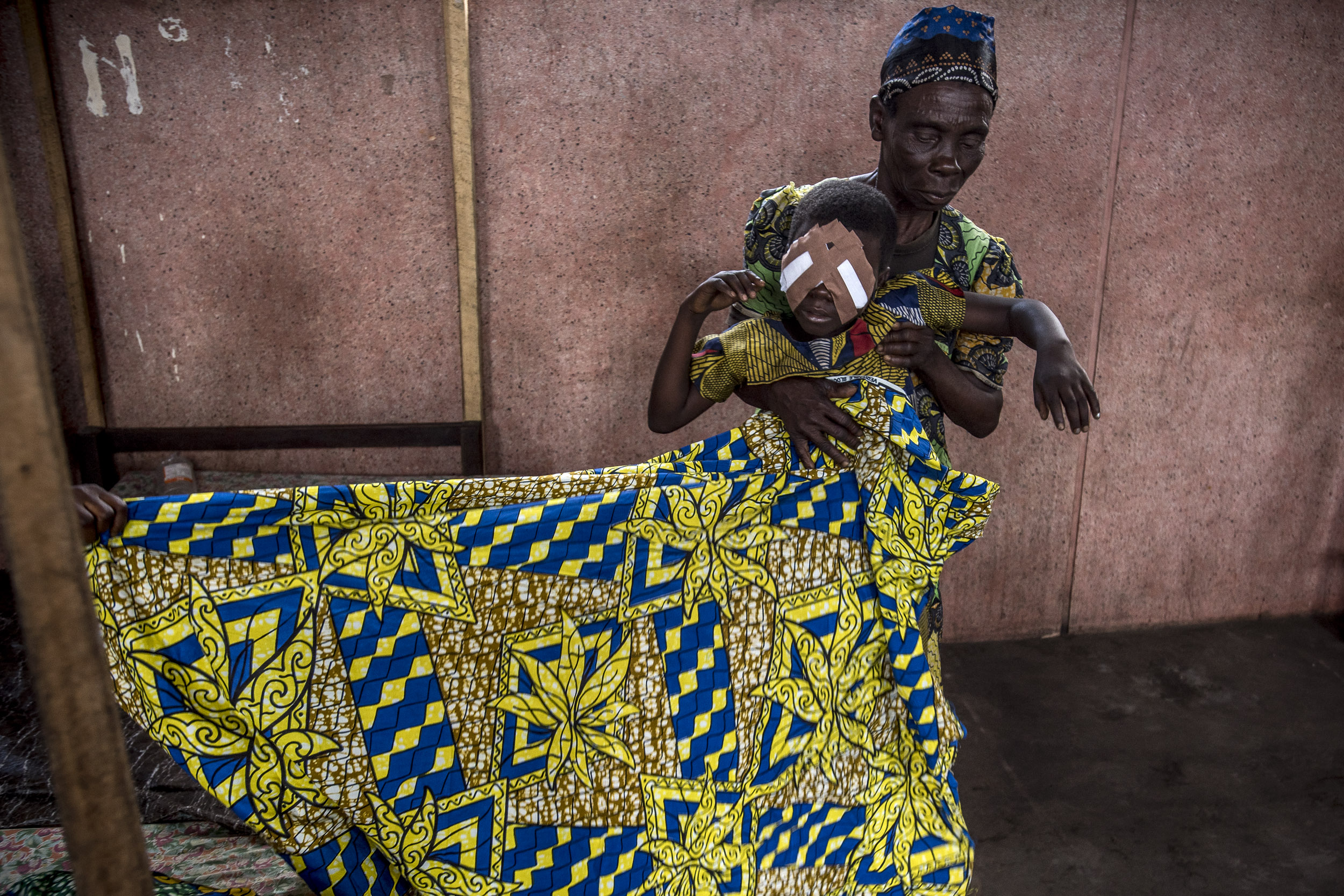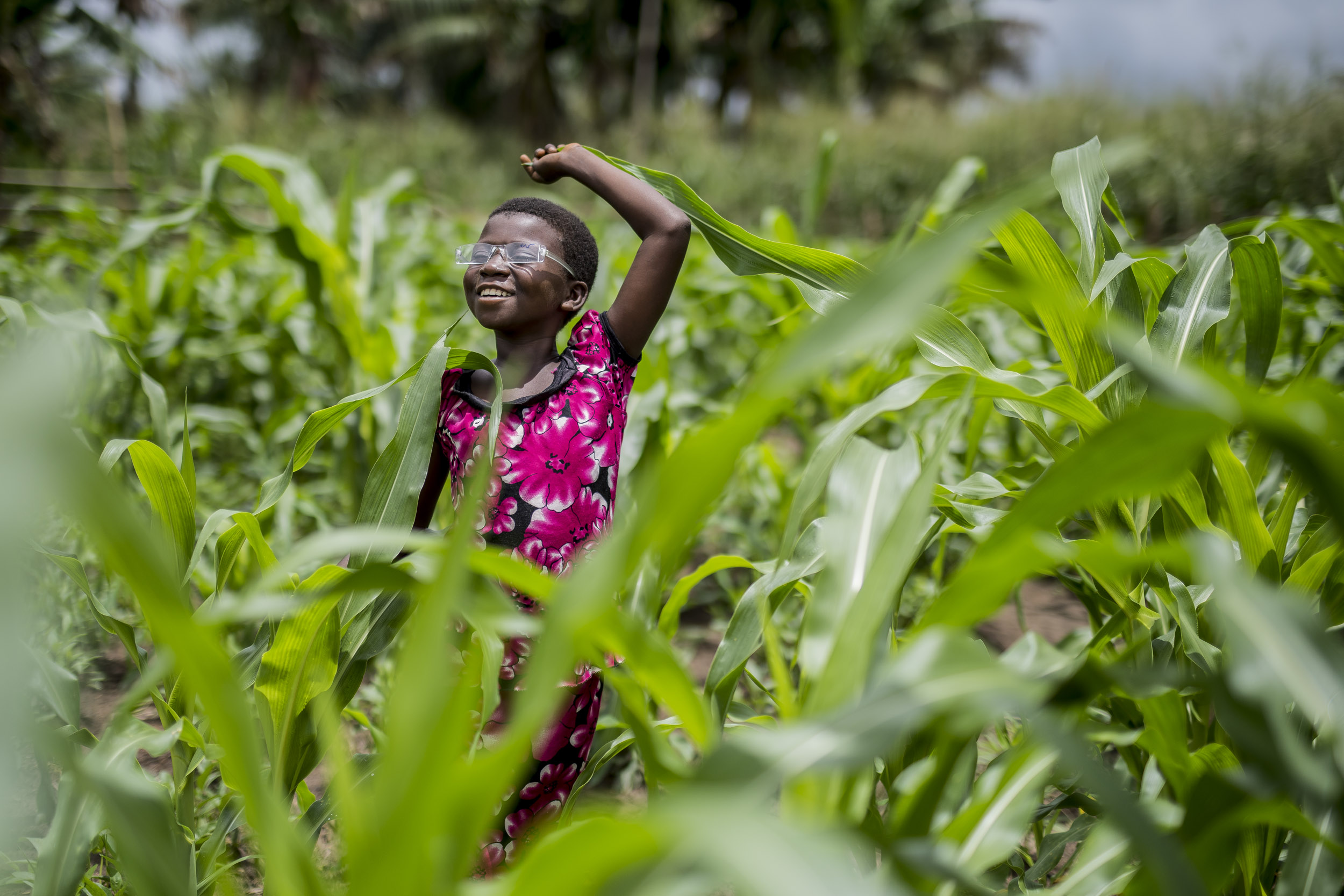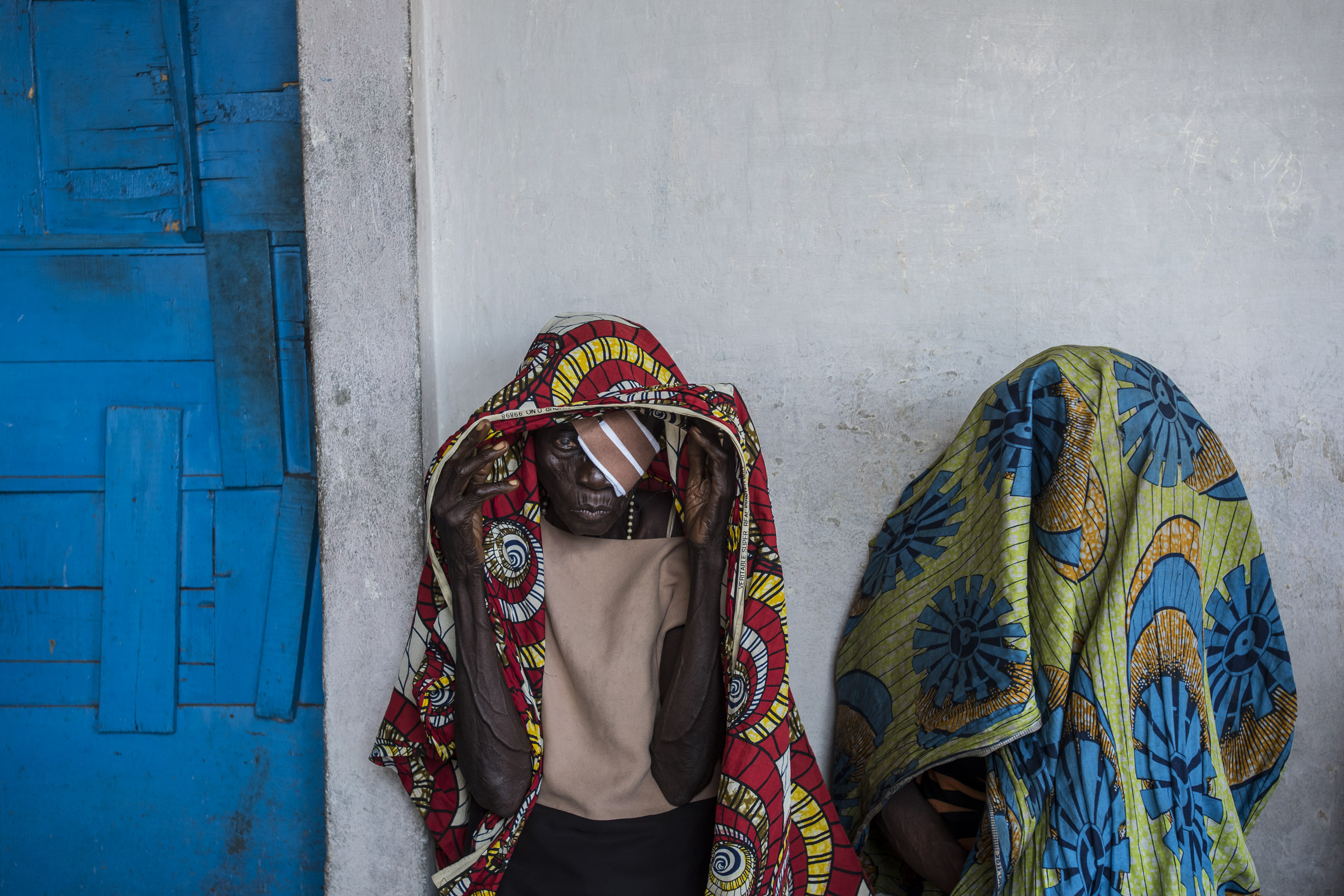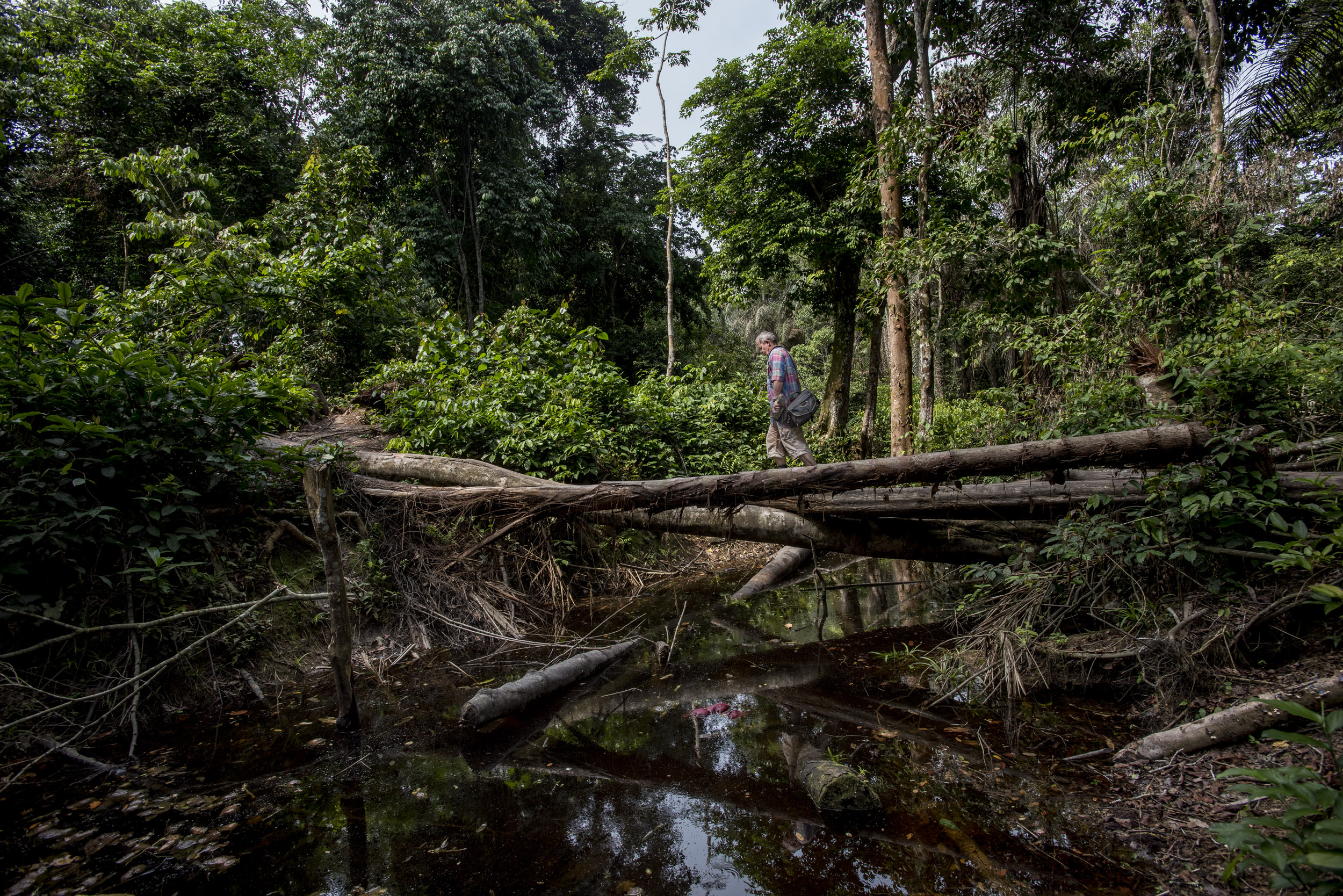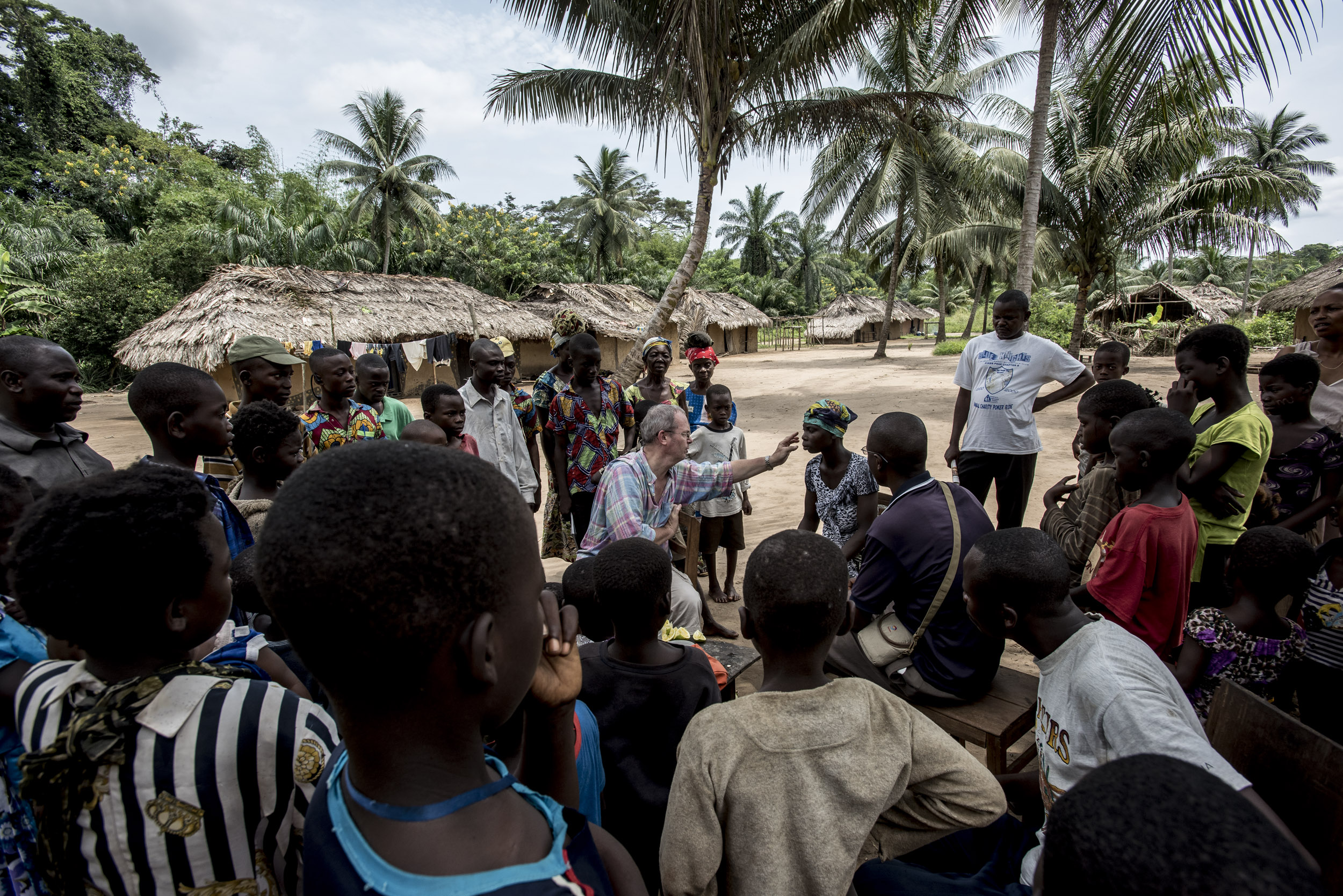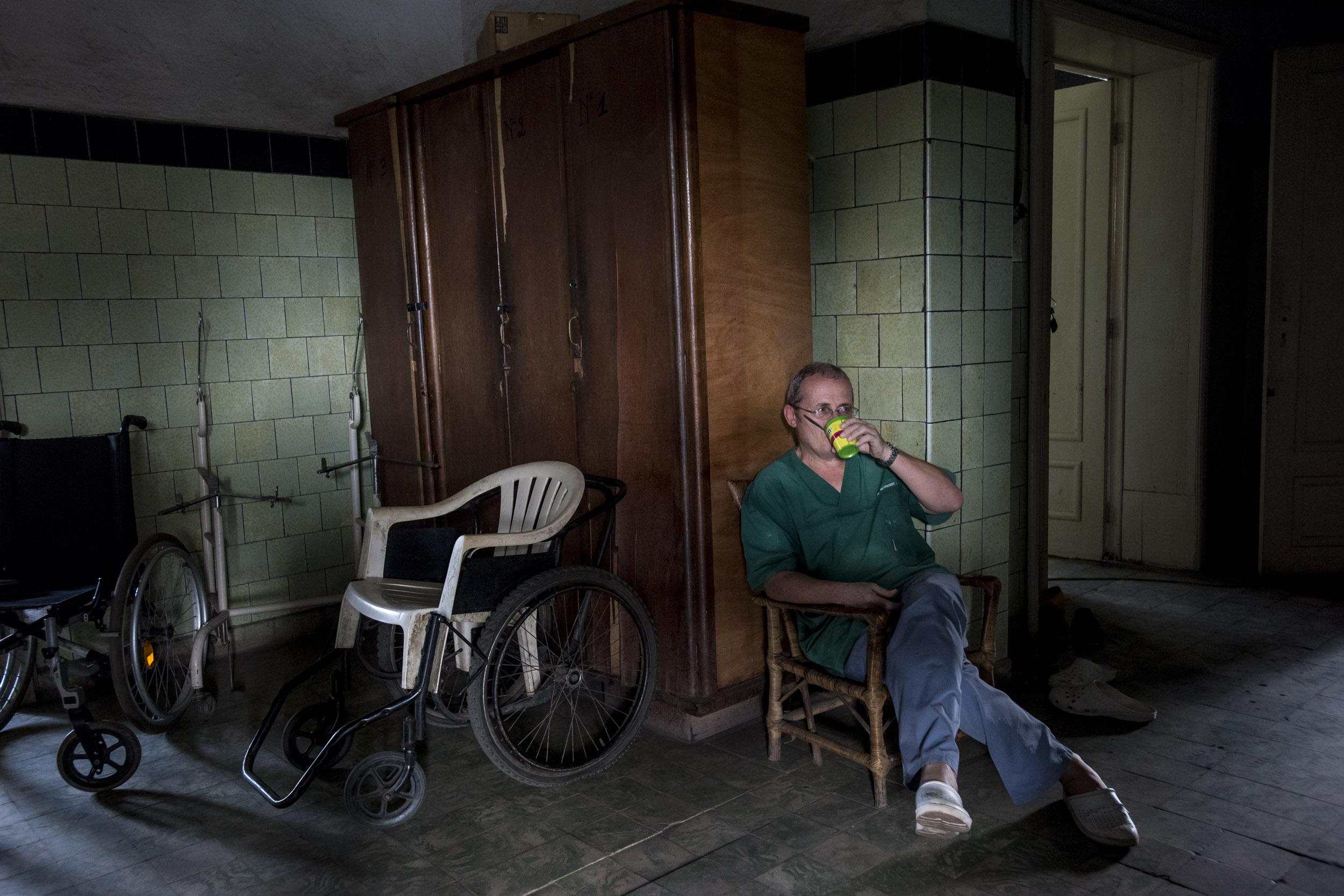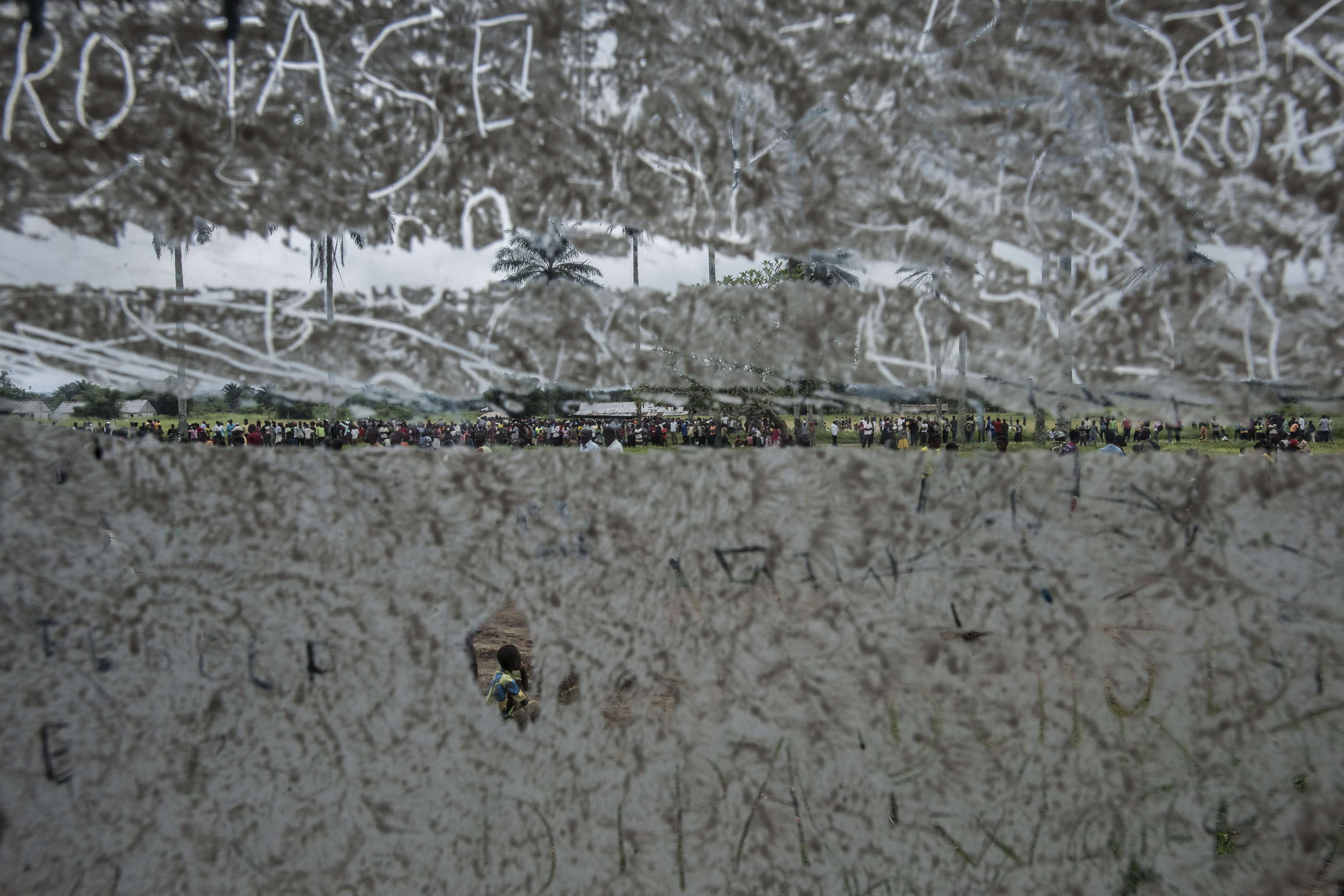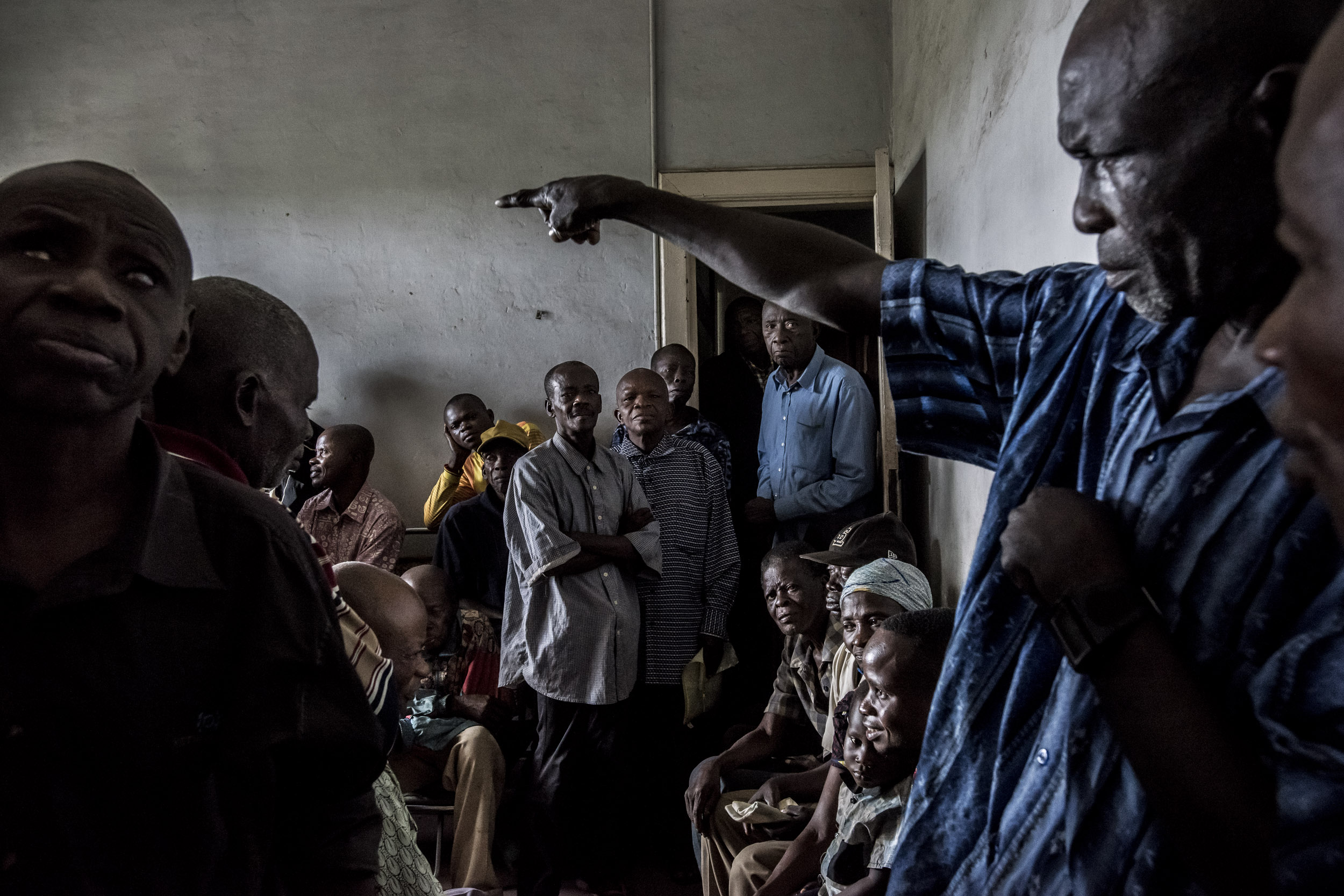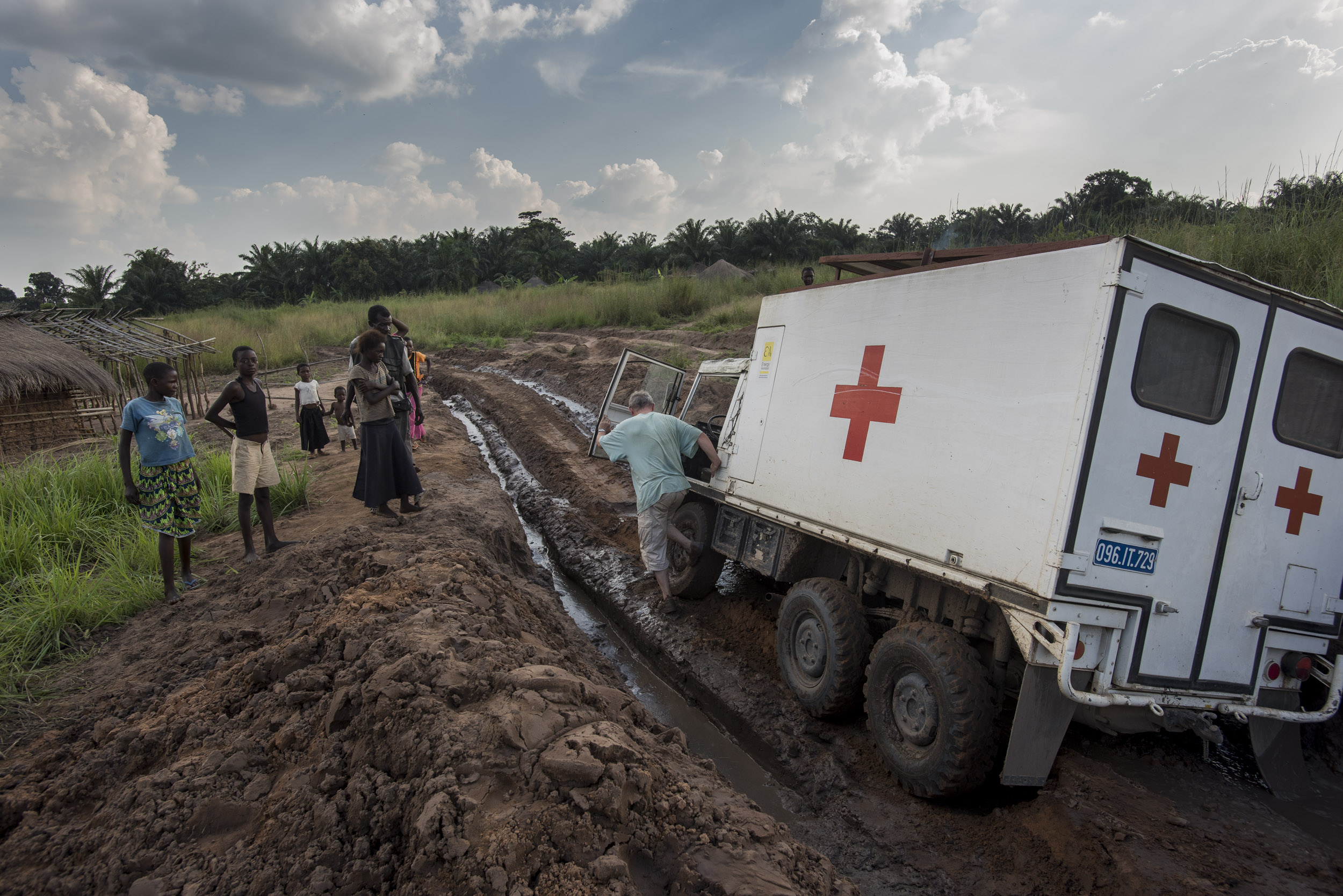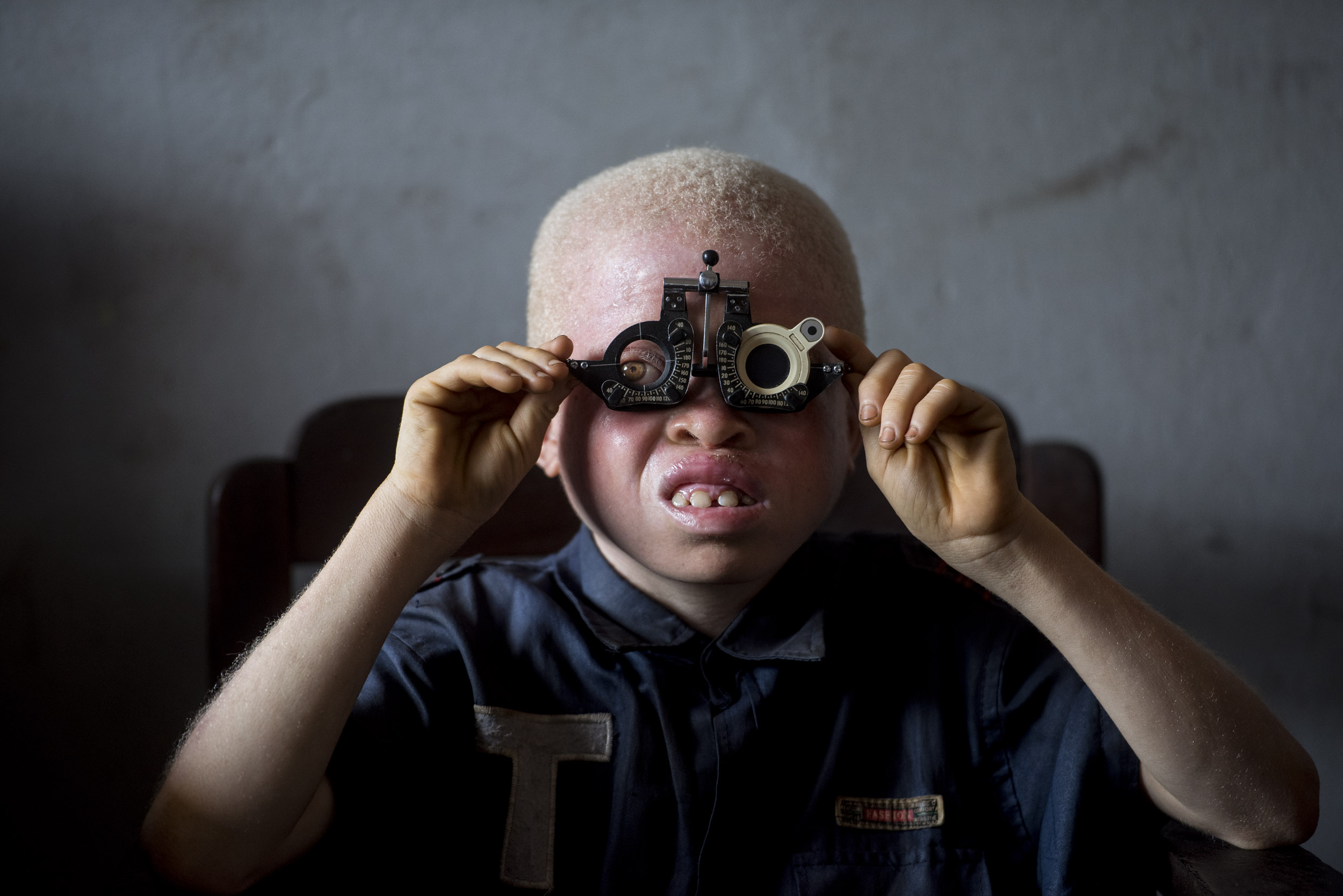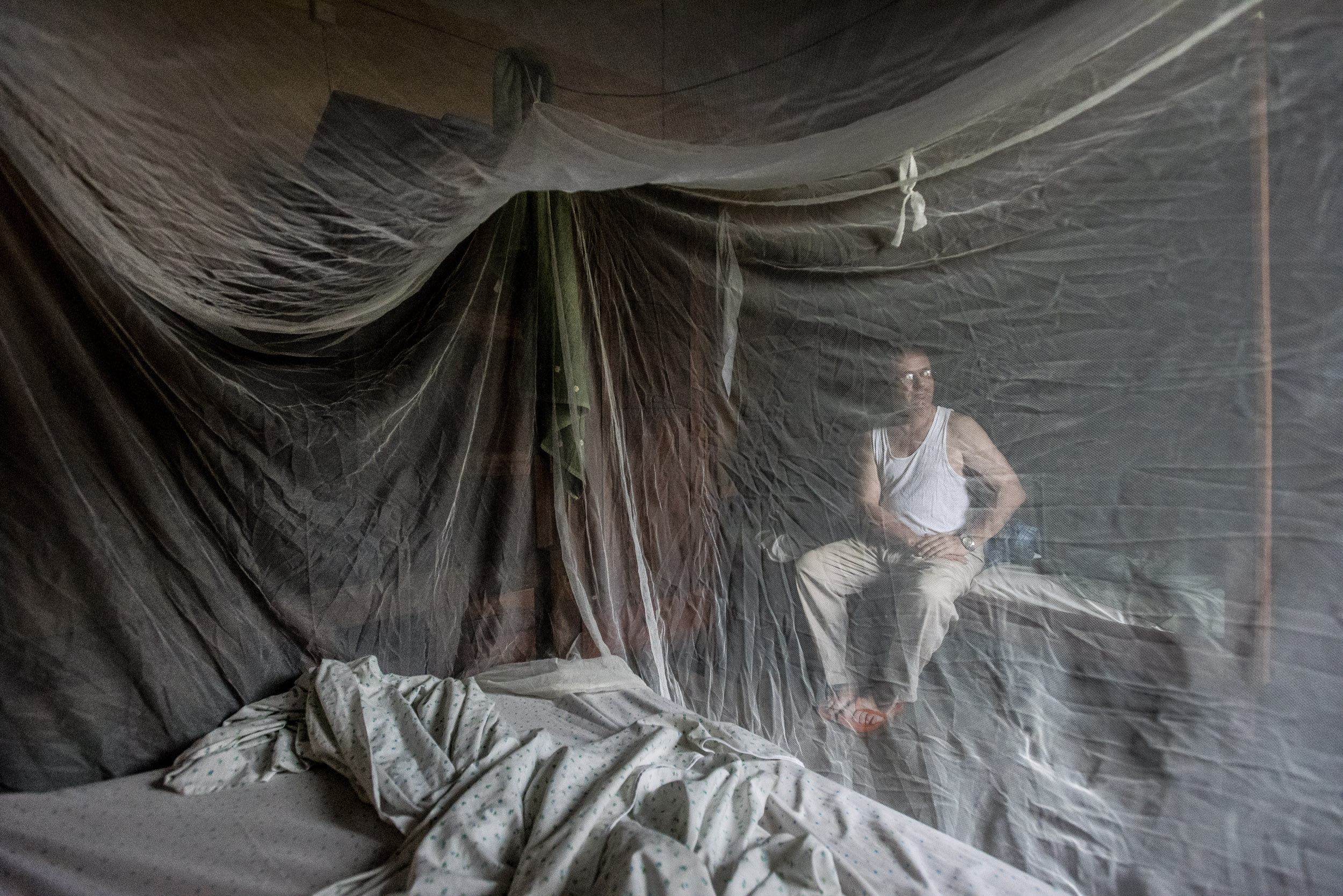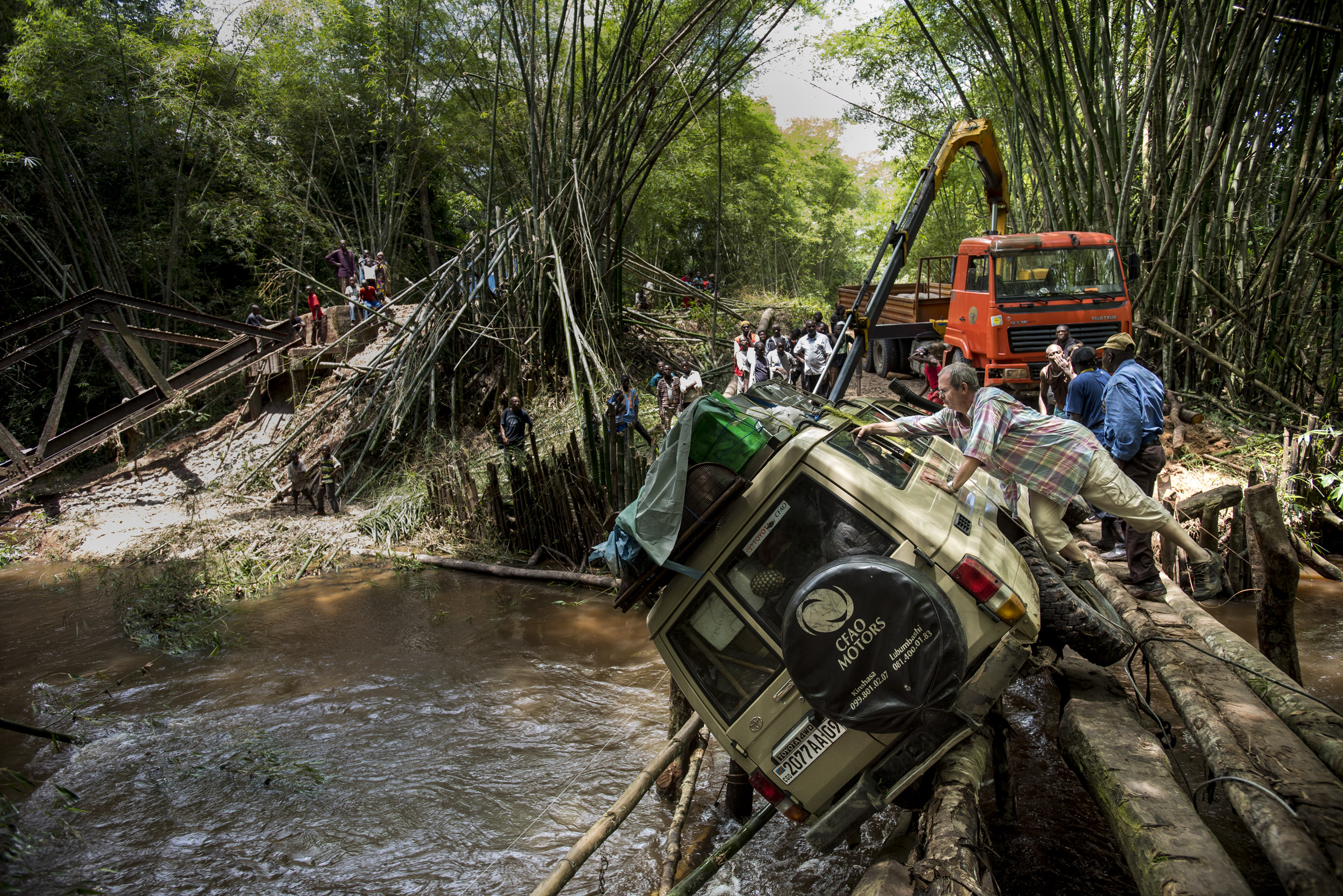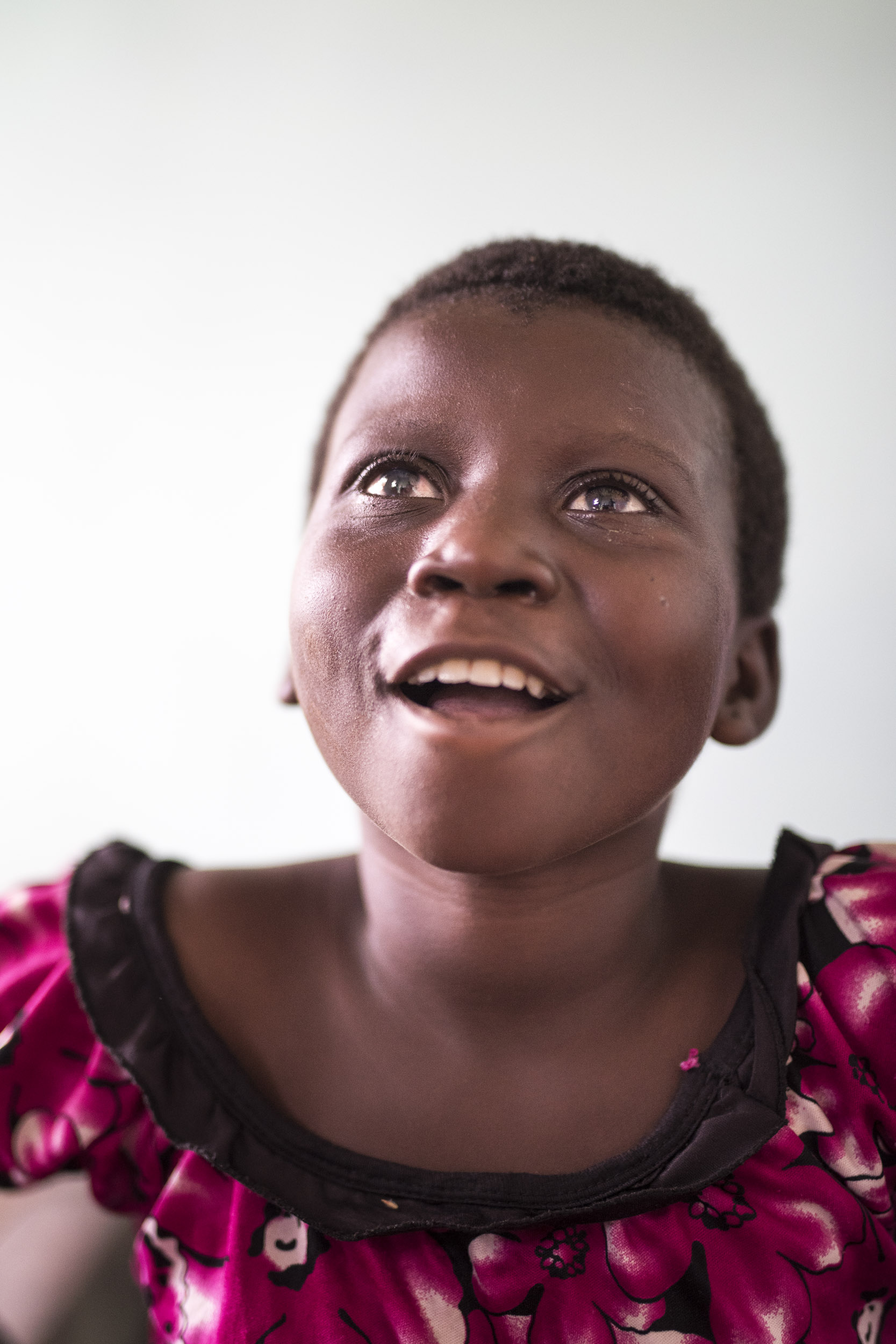Cataracta
For twenty-nine years, in the heart of Africa, Dr. Richard Hardi eye doctor has been healing patients in the Democratic Republic of Congo. Richard works in Mbuji-Mayi, the center of a county (which is twice as big as Hungary), in the region’s only well-equipped operating room. He sets out from here, as on a star trail, to remote corners of the county to give a chance to patients who live 600-800 kilometers from the eye center. Due to the non-existent public transportation system, patients (often elderly and children) make their way on foot. Patients who often have almost completely lost their eyesight to cataract come to Richard’s temporary operating room, holding on to their relatives or settling on the trunk of a bike.
As Richard puts it: "Taking 300-400 kilometers on these roads is as if in Budapest I asked one patient’s relative to push their 70-year-old blind grandmother to Paris on the trunk of their bike.”
For many, this is the only chance not to live helpless and blind for the rest of their lives inside of some mud hut. The vast majority of patients, however, suffers from simple cataract. Due to the strength of the equatorial sun and the lack of medical screening, this region is particularly affected by disorders related to cataract, regardless of the fact that this eye disease could be treated with a simple, 15-minute routine surgery.
A documentary film in preparation
THIS AND THAT IS NOW UNDER A ROOF
In 2019 I will continue Dr. Richard Hardi’s story in motion pictures. I will accompany Brother Richard to the usual village in the rainforest, where once again he will treat hundreds of needy eye patients. Besides this we will also film in Mbuji-Mayi, on the scene of an ophthalmology clinic under construction. Four years ago, when I was last in Congo, the place with cords stretched out along the ground was still a wilderness, and I listened to Dr. Richard with some skepticism that an ophthalmology centre costing hundred of millions would soon be built here, which would serve the welfare of the people even if he had no strength left to cope. As if transfigured, he explained to me at some length that local doctors would take over his work of the last twenty years under modern hospital conditions. “Of course we still have no resources for all this, but God will guide us along the way...” - he said.
The dream appears to be coming true today, as the hospital which just a few years ago only existed on paper is now being build at a rapid pace thanks to donations, and a roof will soon be installed over the whole complex. Three years have gone by, and what has God done, Richard is fulfilling his dream with enormous energy and dedication. And I will be there again to record all this.
Difficulties
When Brother Richard wrote to me last time that we would reach our goal on Congo’s number one main road, I felt pretty down in the mouth. I struggled with the thought that it would be impossible to take photographs if our mission just dashed all the way along the main road. Well, the video which can be seen here will help to clarify exactly what is meant by “Congo’s number one main road”.
Even the legendary Toyota Land Cruiser, described as indestructible, can get into trouble, but in Congo other things can also be destroyed in moments, if fate so decides.
This is what happened to me on the first day, when I plugged my Macintosh, which cost me an arm and a leg, into the Congo hospital grid, and at that very moment the motherboard got fried.
Accidents like this are difficult to fend off, but they can be prepared for. This year I should like to leave for my trip with an impeccable set of devices for documenting the mission, so I don’t have to compromise quality, and I don’t need to worry about technical problems.
For instance, one camera is not enough there, where the nearest service is thousands of miles away, but I could make a list of how many extra hard disks and spare batteries, memory cards, drones, etc. are needed on a 6-8 week trip to the rainforest.
Although my work is supported by the foundation, creating this background is beyond my financial possibilities. I should therefore like to involve further supporters in financing my trip, who can help the production of the film and thus the healing of the sick by purchasing photographs.
Thus when every artistic print is purchased, 20% is paid into the kitty of Dr. Hardi’s foundation!
What can you do?
Click on the link and peruse the Congo photos available for purchase, which I took in 2014 on assignment from National Geographic!
Donate or buy one of the pictures, and restore someone’s vision! And all this while also supporting my work, so that I can make a documentary film about this miracle!
Thank you for your support!
Support
my work!






